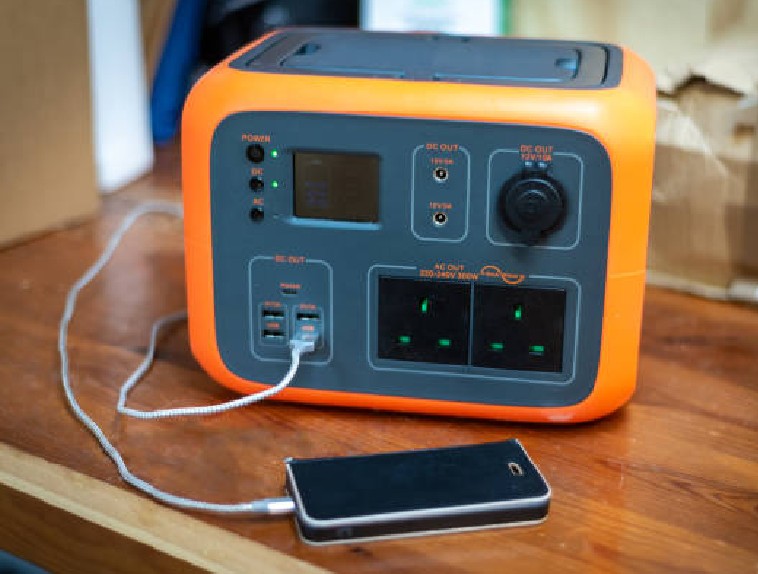Question: Field report
Does UL have a field report program in effect?
Answer
Yes, regulatory authorities are encouraged to submit field report forms to UL when questionable products bearing UL marks are encountered in the field. Regulatory authorities often assist and inform UL through the field report program when encountering potential problems in the field. UL provides a “Field Report Information Form” specifically for local authorities to help guide them through the field report filing process.
These forms are available at each UL office, and regulatory authorities are encouraged to make extra copies for their own stock. However, it is not always necessary to use these forms to file a field report. The same information can be provided to UL by e-mail, phone call, letter or fax. Regulatory authorities can file field reports on questionable products by contacting their regulatory service representative at the UL office nearest them. For information about contacting a regulatory service representative, click on the “Regulators” section on the UL web site athttp://www.ul.com/.
Question: Field report
What is the time frame for resolving a field report?
Answer
It depends on the extent of the field report. Some are resolved in one day, others may take several weeks. However, it is UL’s policy to expedite field reports submitted by AHJs, especially on products that have been “red tagged.” If you require a status update on a particular field report, please contact the UL staff member who is handling your field report directly or your local regulatory services representative.
Question: Field report form
Are field report forms available on the UL web site?
Answer
Currently, field report forms are not available online. If you need to replenish your stock of report forms, please contact Jill Fiocchi in Northbrook, Ill., by email atJill.Fiocchi@us.ul.com; by phone at (847) 272-8800, ext. 42175; or by fax at (847) 509-6219. Be sure to include your fax number and/or e-mail address so that copies of the form can be faxed or sent electronically to you.
Question: UL and manufacturers
During the past year I came across six different manufacturers who sent out UL listing marks to the field so their products could be labeled in the field. Has UL changed its contracts with manufacturers recently? Is this an acceptable practice?
Answer
UL’s agreements with clients relative to the use of UL marks have not changed. Sending UL marks to be applied to products already installed in the field is not authorized by UL. We encourage regulatory authorities to contact us when this may occur. However, there are special situations under which UL marks may be applied to products in the field in the presence of a UL representative. UL’s field engineering services has set up three distinct services designed to meet these special needs.
Through the field evaluation service, experienced UL technical staff conduct on-site evaluations—including construction examination, installation review and testing (if necessary)—of products or systems that have already been installed. The requirements used are the
same as if the manufacturer submitted a product to a UL testing lab for a Listing evaluation. If the product meets UL’s safety requirements, a “Field Evaluated Product” mark is applied to the product. Only products or systems that can be thoroughly evaluated at the installation site are eligible for UL’s FEP Mark.
Anyone directly involved with a product—including manufacturers, equipment/product/system owners and contractors—can request a field evaluation of a product. Many times, code authorities prompt field evaluations. UL also contacts all regulatory authorities involved in the jurisdiction regarding a proposed field evaluation. UL field evaluated product marks are serially numbered, dated, and include the model designation of the product and are good only for that particular installation.
UL’s field inspection service is for products that are eligible to bear the UL listing or classification mark at the time of production, but for which the manufacturer did not apply the UL mark. This could be due to an oversight on the production line. For regulatory authorities, field inspections are especially useful for determining if a particular product has been modified in the field and no longer complies with UL’s requirements. Only a manufacturer can request a field inspection. As with any of UL’s field engineering services, the appropriate regulatory authority is notified before the UL representative goes to the site and is advised of the inspection results.
UL also offers the opportunity for regulatory authorities to witness the field inspection. UL field representatives must be present to witness the UL marking being applied to a particular product by a manufacturer’s representative.
A field investigation is conducted on products that cannot be readily evaluated in the field, or on products that require destructive testing
or disassembly to such an extent that proper re-assembly would be impossible. In these cases, UL investigates the installed product and issues a report summarizing the results of the investigation, the tests performed, the tests that couldn’t be performed, and any aspect of the product or installation that doesn’t comply with UL requirements, or for which compliance could not be determined. The report is issued to both the manufacturer and the appropriate regulatory authority.
While UL does not apply a mark to a field-investigated product, this service helps regulatory authorities make informed decisions on the acceptance of the product or system under consideration.
Question: Receptacles in luminaires
Do UL Standards permit convenience receptacles in luminaires?
Answer
UL 1598, the Standard for Luminaires, permits convenience receptacles in wall, under-cabinet and floormounted fixtures. A maximum of one duplex or two single convenience receptacles may be provided with each luminaire. A convenience receptacle shall be of the grounding type.
Question: Florescent luminaires to a t-bar ceiling
Have the requirements in the 1999 NEC® changed concerning the use of clips for fastening florescent luminaires to a T-bar ceiling?
Answer
Section 410-16(c) of the 1999 NEC® covers the means of supporting various types of luminaires, and requires clips to be listed and marked to indicate use with a particular luminaire in a specific type of suspended ceiling. If mechanical means or clips are used to attach the luminaire to the ceiling, the luminaire must attach to the main ceiling support framing member and not to the separators located between the main framing runners.














Find Us on Socials